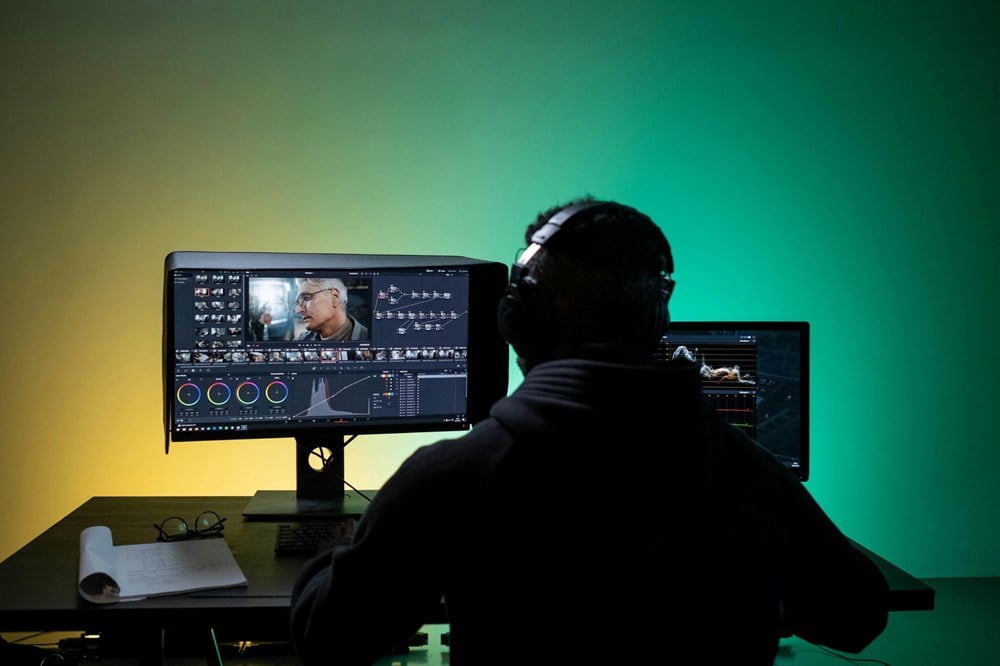
With just a keyboard and an idea, Vietnamese users can now "direct" a cinematic video using text commands.
The interface is simple and quick to use, but the results are vivid footage, full of camera movement, lighting, sound, dialogue and background music, without the need for any professional filming equipment.
A new era begins
Since the beginning of 2025, the race in the field of AI video has been bustling: OpenAI's Sora, ByteDance's Seedance, Runway Gen-4, Kling AI... have continuously launched surreal video tools. Among them, Google Veo 3 stands out thanks to its ability to create both sharp images and synchronized sound from text alone.
With the integration into the Gemini app, Vietnamese users can now directly experience Veo 3. The tool is no longer the privilege of filmmakers or professional content creators, anyone can tell stories with images in a completely new way.
The response in Vietnam has been mixed with excitement and caution. A Hanoi -based transportation company reported a 20% increase in bookings after using Veo 3 to create promotional videos. An auto parts store reported a monthly revenue increase of VND60 million (US$2,600) thanks to a series of AI-powered marketing videos.
However, many users expressed disappointment that Veo 3 still has a limit: only creating a maximum of 10 videos per month, each video no longer than 8 seconds. Some opinions said that these limitations reduce the effectiveness of long-term promotional campaigns.
Notably, warnings are also starting to appear: unofficial Veo 3 account trading is on the rise. Using a VPN or buying an account from a third party poses the risk of account lockout, data loss, or personal information exposure.
It's not “will AI work,” but “how do we use it?”
Mr. Tom Nguyen - lecturer of Digital Media at the Faculty of Communication and Design, RMIT University Vietnam believes that AI is not reducing but "liberating" creativity.
As someone who runs three creative businesses in the fields of visual effects, game design and toy manufacturing, Tom shares: AI is helping creative teams focus more on core values.
“In my companies, AI frees up time for artists to focus more on creativity. Visual effects (VFX) teams can handle complex sequences with more flexibility.
“Game development teams no longer have to spend time programming from scratch. And in toy manufacturing, we can find better materials and techniques in minutes instead of days like before,” Mr. Tom shared.
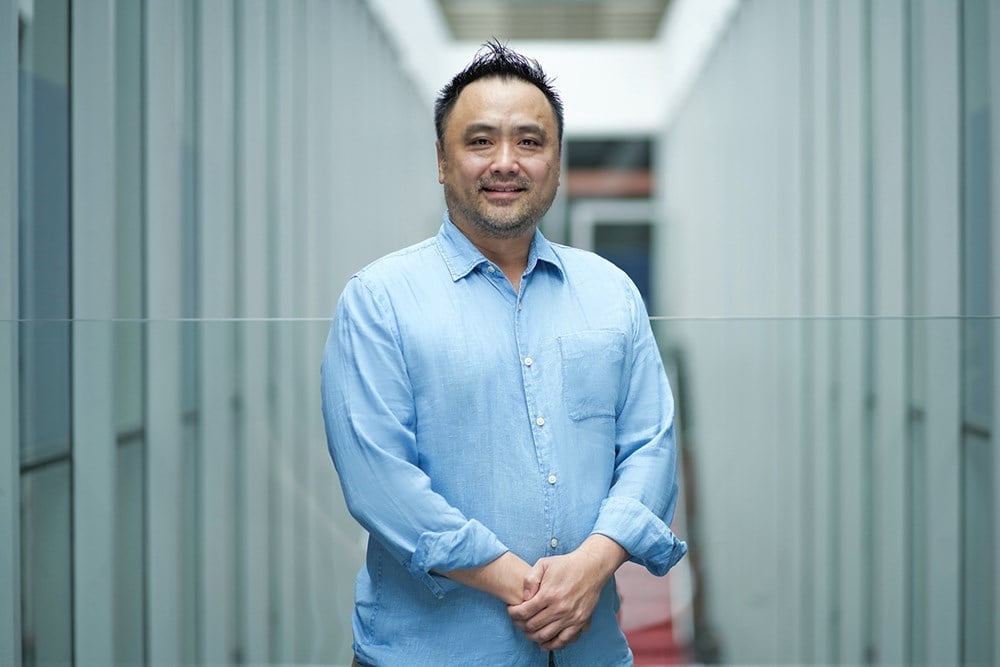
According to Tom, it is the automation of technical or repetitive steps that has opened up new space for creative direction roles, from art directors to creative strategists.
The challenge today is no longer which tools to use, but rather to think deeply about what we want to create and the reasons behind it.
Another advantage that Veo 3 brings is the ability to illustrate ideas visually: instead of just presenting with moodboards or static slides, creative teams can create short videos like trailers or TVC prototypes. This helps clients visualize and make decisions, even with experimental ideas.
Tom believes that the shift in the creative production chain will change traditional roles. Positions such as animators and editors may no longer be central. Instead, new “hybrid” jobs will emerge: AI cinematographers and text-based storytellers.
Technology is also gradually removing barriers to professional production. “You don’t need a big budget or a large team. You just need imagination and a clear command,” Tom said. This opens up opportunities for digital artists, small businesses, content creators, or educational groups who lack resources but have the potential to make a mark on the market.
However, he also warned: if everyone uses the same tools and data, the products created will easily fall into a state of “similarity” and mass production. “The difference will lie in identity, which AI cannot copy without being ‘taught’. In Vietnam, that is the local language, traditional storytelling, emotional nuances, cultural depth,” the expert emphasized.
A look back at education and the goal of innovation in the AI era
As AI can do much of the work that once took teams weeks, Tom argues that humanity is moving toward a “post-labor economy.”
“In the next 3–5 years, AI will be able to take over much of the creative work that humans do. The question is: what will we do when we no longer need to work to survive?”
The answer, according to Tom, lies in meaning. He envisions a “meaning economy” where creators no longer have to chase commercial products just to survive, but can instead devote their energy to projects that bring personal, cultural, or social value.
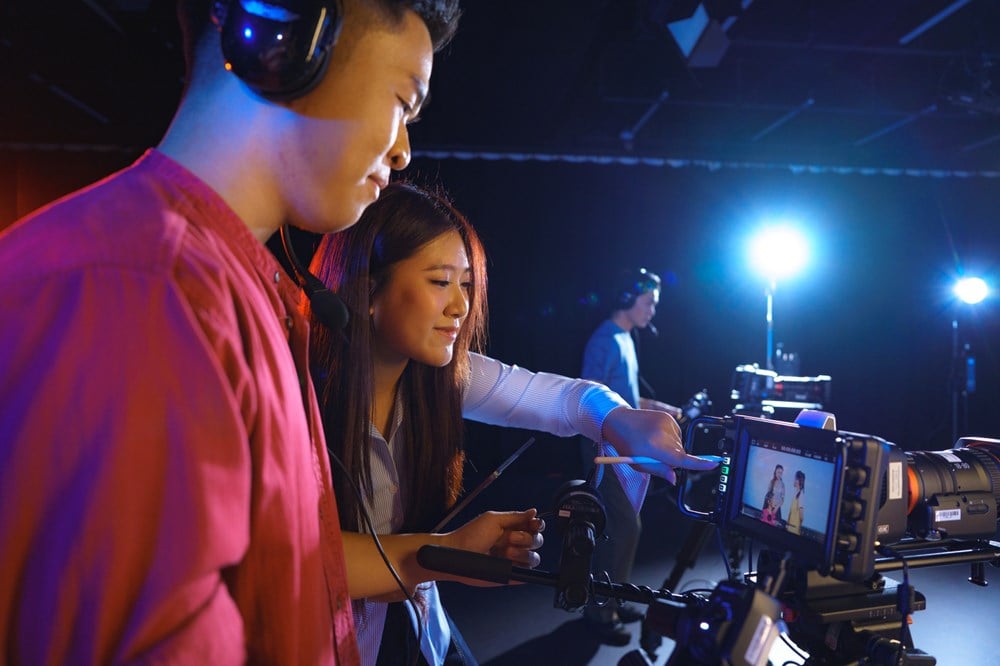
“AI allows us to say no to meaningless work. We will have more time to express ourselves, connect and experience life,” he said.
This shift comes at a particularly timely time when the country is promoting national strategies on digital transformation, creative economy and AI development.
Policies to promote digital content production, innovation hubs, and media technology startups are approaching the capabilities that generative AI tools bring.
The impact could also ripple across Vietnam’s growing creative economy, from advertising agencies, TikTok content creators, to independent game designers and educational content startups.
With the right tools, a small team, or even just one person, can produce cinematic videos for storytelling, marketing, or education. It’s a step forward that could level the playing field and help local talent compete on the global stage.
Education needs to be at the forefront of this process, Tom said. Students need to learn how to think creatively, validate content, and use AI purposefully, rather than just mastering the technology.
It’s also worth remembering that Veo 3, while leading, won’t hold that position for long. “Just two weeks after its launch, there are already open source models that outperform Veo 3 in a number of areas,” says Tom. It’s not about which tool, but who uses it, and for what.
“The winner is not the one who defeats AI, but the one who uses it to tell stories that only humans can tell. Code can replace the camera, but it cannot replace human inspiration and creative perspective,” he emphasized.
Source: https://baovanhoa.vn/nhip-song-so/google-veo-3-va-tuong-lai-sang-tao-tai-viet-nam-157279.html


![[Photo] Ca Mau "struggling" to cope with the highest tide of the year, forecast to exceed alert level 3](https://vphoto.vietnam.vn/thumb/1200x675/vietnam/resource/IMAGE/2025/11/04/1762235371445_ndo_br_trieu-cuong-2-6486-jpg.webp)

![[Photo] Panorama of the Patriotic Emulation Congress of Nhan Dan Newspaper for the period 2025-2030](https://vphoto.vietnam.vn/thumb/1200x675/vietnam/resource/IMAGE/2025/11/04/1762252775462_ndo_br_dhthiduayeuncbaond-6125-jpg.webp)

![[Photo] Ho Chi Minh City Youth Take Action for a Cleaner Environment](https://vphoto.vietnam.vn/thumb/1200x675/vietnam/resource/IMAGE/2025/11/04/1762233574890_550816358-1108586934787014-6430522970717297480-n-1-jpg.webp)
![[Photo] The road connecting Dong Nai with Ho Chi Minh City is still unfinished after 5 years of construction.](https://vphoto.vietnam.vn/thumb/1200x675/vietnam/resource/IMAGE/2025/11/04/1762241675985_ndo_br_dji-20251104104418-0635-d-resize-1295-jpg.webp)
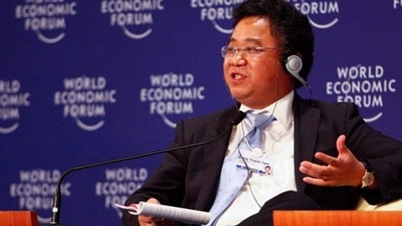

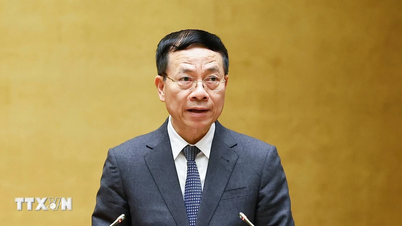




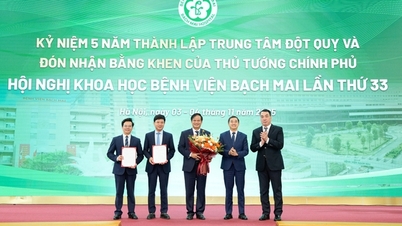





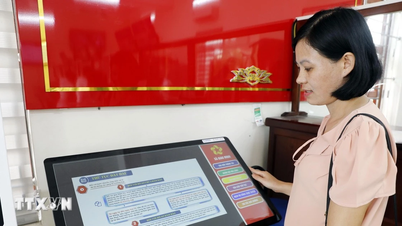


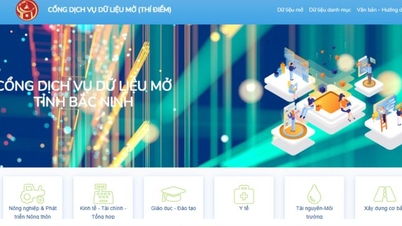
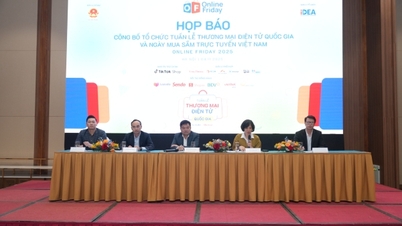





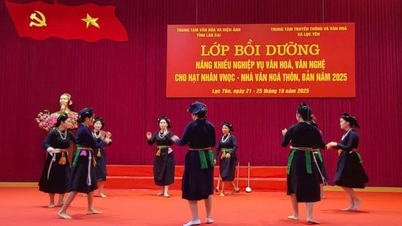


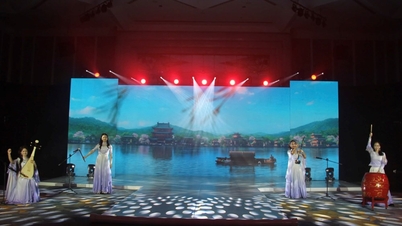
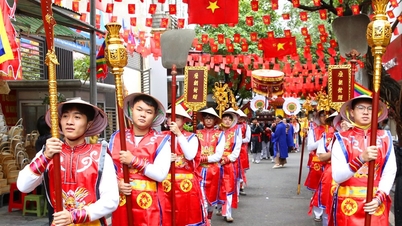








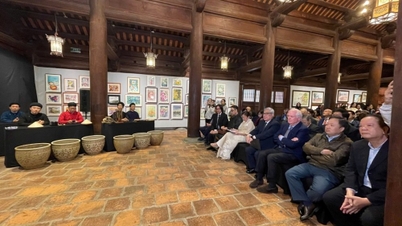



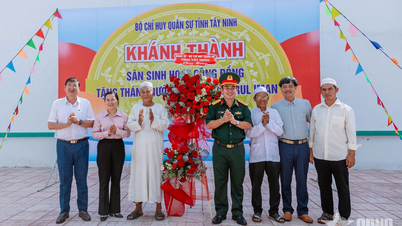

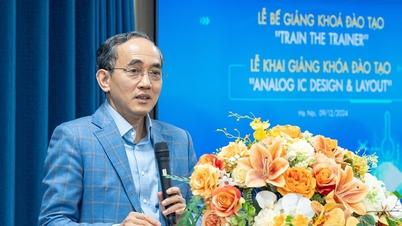





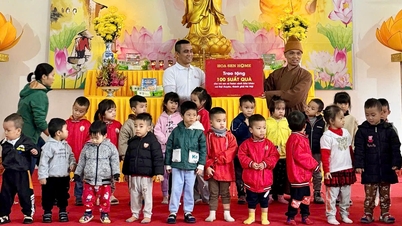

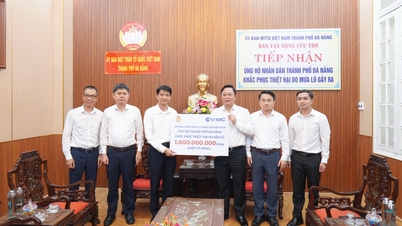


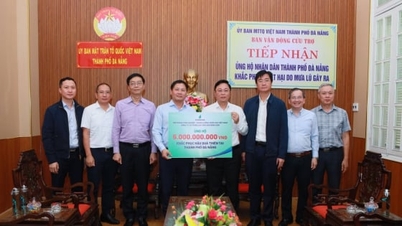

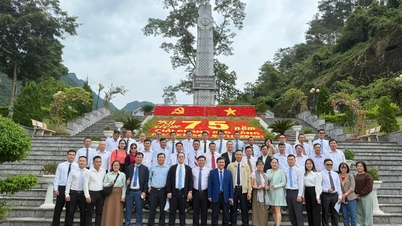







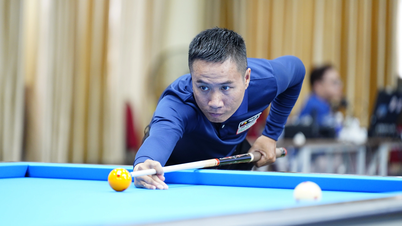

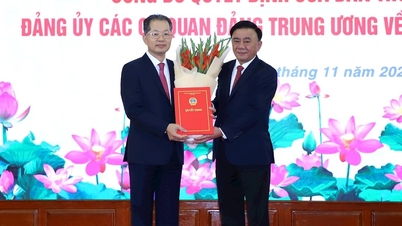

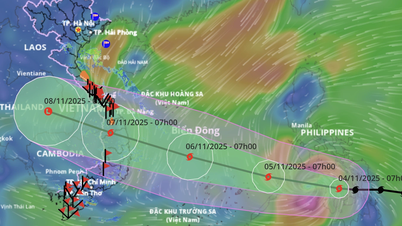


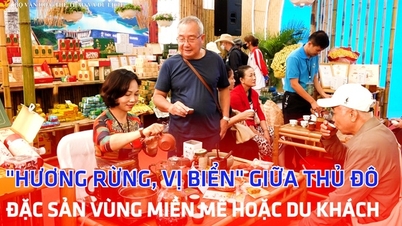

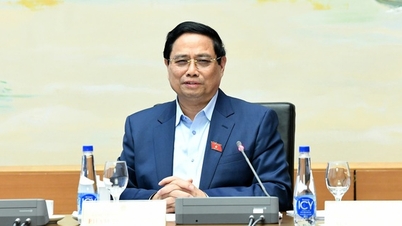
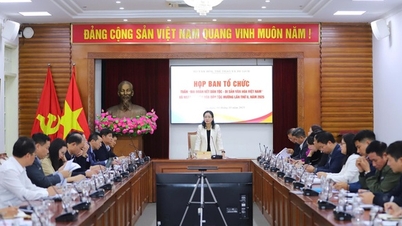














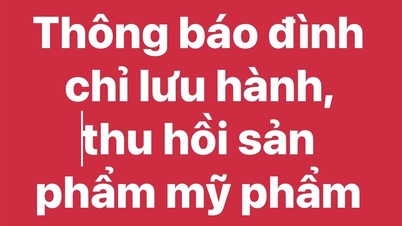

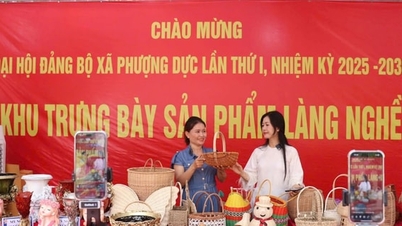






Comment (0)